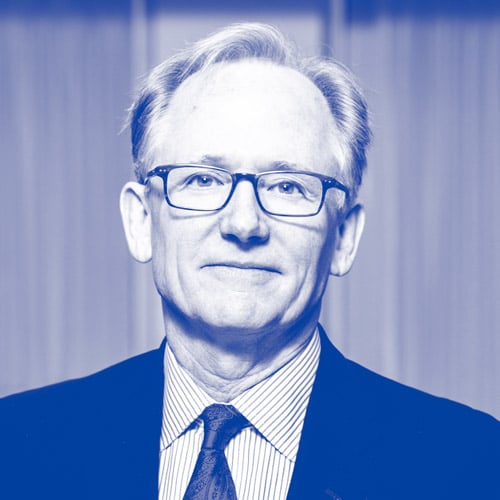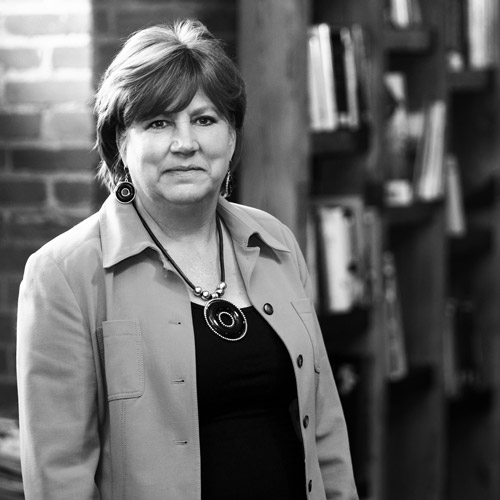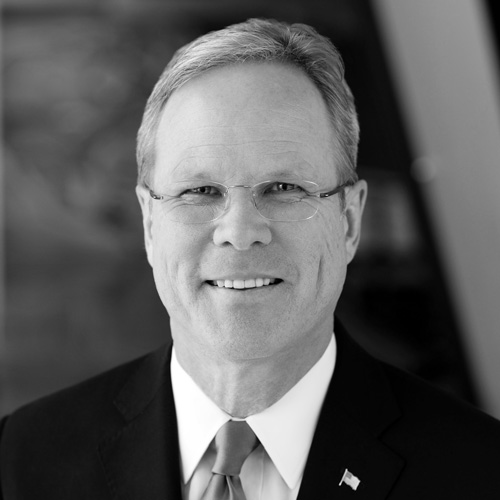Every month, Michael Coyne meets for breakfast with a handful of young attorneys in New York, Los Angeles, and San Francisco. He also makes the rounds to each of the major US offices of Mitsubishi UFJ Financial Group (MUFG), where he is general counsel for the Americas, to meet with the next generation of legal talent.
“It gives me a chance to talk to them and find out where they are, but also for them to ask me any questions about where the company is going and how they can advance themselves forward,” Coyne says.

Those monthly breakfasts are just one part of the high level of mentorship that goes on in MUFG’s legal department. Younger attorneys are also enrolled in formal continuing legal education programs through the company, which includes lessons from senior members of the department as well as outside counsel.
Having such a detailed in-house mentorship program is a change from the past, Coyne says, but it is critical because of changes in the legal market. When Coyne graduated from law school in the eighties, he says it was typical to work at a law firm for about a decade before deciding what to do next.
“It was a long, almost post-doctoral training period with senior partners giving you a lot of training,” Coyne says. “You had to be a fully evolved attorney when you went in-house, because if you weren’t, there were no real training departments inside the corporate legal world—they weren’t built for it.”
Now that process has changed and forced corporate legal departments to change along with it, according to Coyne. “These days most people don’t dream of staying at a law firm more than a few years,” he says.
Coyne explains that practice areas at law firms have gotten so specialized that young attorneys are not getting the same exposure to the broad spectrum of practice areas that they may have experienced in the past.
“As a consequence, when we are looking for people to join our team, they aren’t necessarily as far along in their professional development as people who joined legal departments fifteen or twenty years ago,” Coyne says. “The onus then goes on us as a legal department to grow our own professionals and give people the training they need to fully develop.”
Hence, Coyne spends about 25 percent of his time on mentoring and networking opportunities for his youngest lawyers. “If you’re going to do it, it’s a big commitment,” he says. “But it’s critical to the success of my group, as well as to the overall success of the company.”
Not only is having a strong in-house legal team less expensive, but it also builds a level of institutional knowledge that outside counsel doesn’t have. “If you get into a problem that’s similar to one you’ve encountered previously, you know the route out of that hole,” Coyne says.
“The only way you can keep the kind of talented people we need to bring in to do the complex work we do here is to provide them with opportunities for growth. It works in both directions; that’s why it’s so important to do.”
But, to get to that stage, Coyne says companies need attorneys to stay as long possible. “The only way you can keep the kind of talented people we need to bring in to do the complex work we do here is to provide them with opportunities for growth,” Coyne explains. “It works in both directions; that’s why it’s so important to do.”
While mentorship is good for MUFG’s lawyers, and for the company, Coyne says he also gets a lot of personal and professional satisfaction out of helping the next generation succeed.
“Watching someone develop in his or her professional skill set is just fantastic,” says Coyne, who grew up in a small farming community in Iowa. “Maybe it’s the agrarian in me, but I really enjoy watching people grow and seeing them blossom into what they can be as professionals.”
Yet Coyne gives the same advice to young lawyers as he does to attorneys later in their careers. “Constantly learn new things,” he says. “All of us in the profession have to carry with us an urgent mind-set of continuous improvement. You have to challenge yourself to look for ways you can do what you do better, and look for new things to do that are a little bit outside of your comfort zone.”
Coyne stepped outside his comfort zone when he joined MUFG in September 2013 in a position that had just been created. Previously there had been general counsel positions in different business units, but not for the entire region.
After spending twenty-one years at JP Morgan Chase and going through seven major mergers, Coyne was used to bringing several teams together on the same page, which is what he had to do when he started at MUFG.
The general counsel set up regular phone meetings and videoconferences as well as the first off-site meeting with all the attorneys in the same city. “It was really about getting everybody talking to each other,” Coyne says. “So many of these people had never met each other, so that was very productive.”
Outside of mentorship, it’s been a busy time for the legal department at MUFG. MUFG’s Bank of Tokyo is the fourth largest bank in the world and the largest in Japan, but also has offices in forty countries, which includes 14,000 employees in the Americas. Recently, Coyne oversaw the move to integrate the management of all US operations, both branches of the parent bank in Japan and the US national bank, under a single management team. “That’s exciting; that’s unique. None of the other foreign bank operations have our organization structure, so that was very satisfying for us to do,” Coyne says.
It will also come in handy later this year when a new regulatory measure requires foreign bank organizations to create an intermediate holding company in the United States to bring subsidiary operations underneath. “We are already in the process of that, and the project we completed with our management was an important step forward,” Coyne says.
Meanwhile, MUFG is continuing to grow and expand its business footprint in the Americas. “I really enjoy helping business mature, grow, and expand,” Coyne says. “And to do it in the right way; a way that is thoughtful about risk, and intelligent and strategic about both the pace and direction of growth.”

